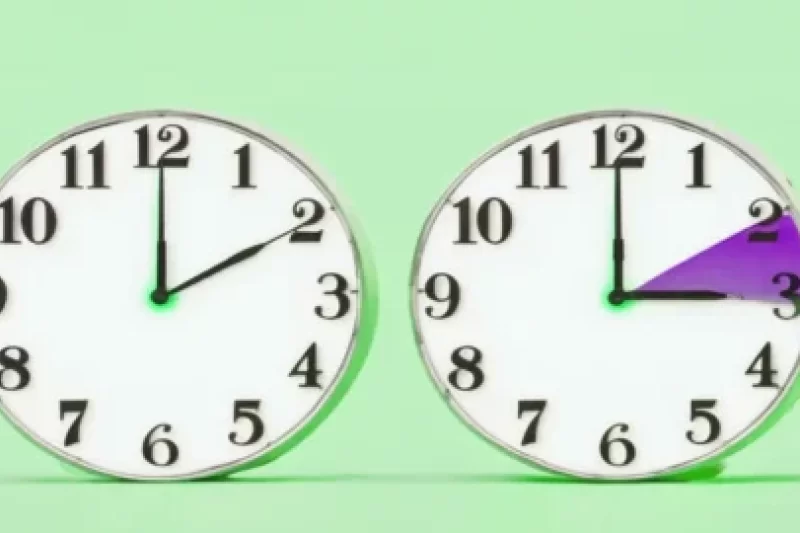From March 30 the Time Changes: We Sleep Less, but the Days get Longer
Tonight, the night between Saturday 29 and Sunday 30 March 2025 will come back timelegal: at 2:00 the hands will have to be moved forward one hour, marking 3:00.
While smartphones and digital devices will update automatically, for analog clocks it will be necessary to intervene manually. This change will involve one hour less sleep, but will allow you to enjoy longer days and bright. Daylight saving time will return on October 26, 2025.
The idea of ??changing the time to make the most of natural light has distant origins. It is often attributed to Benjamin Franklin, who in 1784 published a satirical article in the Journal de Paris, suggesting waking up earlier to reduce candle consumption.
However, the first concrete proposal was formulated in 1895 by the biologist George Vernon Hudson, who hypothesized moving the hands forward during the summer to enjoy more hours of natural light. In 1907 the British manufacturer William Willett revived the idea, proposing it as a solution to reduce energy consumption. The House of Commons of the United Kingdom adopted daylight saving time in 1916, in the midst of the First World War, and many other countries followed suit.
According to the Terna data, in 2025 daylight saving time will allow save approximately 100 million euros, thanks to a reduction of consumption electrical equal to 330 million kWh. This lower consumption will also have effects positive on the environment, reducing CO2 emissions by about 160 thousand tons. The economic benefit is equivalent to the annual energy needs of over 125 thousand families, with an estimated saving calculated on a cost per kWh of approximately 29,9 euro cents for the first quarter of 2025, according to Arera data.
From 2004 to 2024, Terna's analysis highlighted that daylight saving time resulted in overall savings of over 11,7 billion kWh, corresponding to approximately 2,2 billion euros for Italian citizens.













